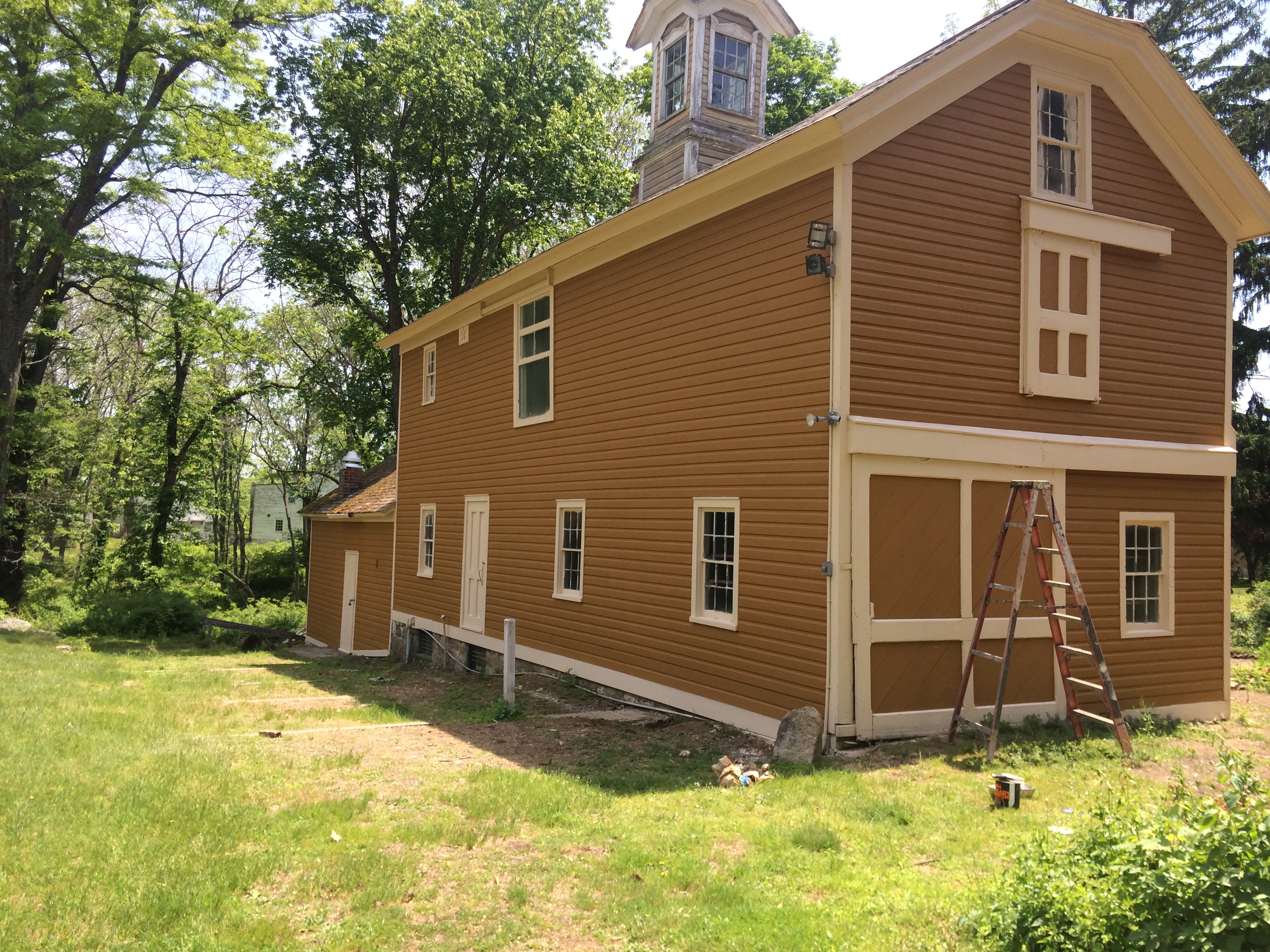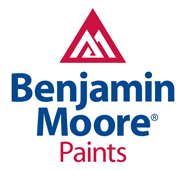Achieving a Flawless, Durable Finish on Your Property Starts with Superior Surface Preparation
A pristine coat of paint can dramatically transform the look and feel of any property, but the secret to a finish that truly endures lies beneath the surface. For commercial and residential projects alike, especially those facing the challenges of rust, corrosion, or layers of old, failing paint, a simple power wash often isn’t enough. This is where the powerful combination of sandblasting and painting comes in—a comprehensive solution that guarantees not just aesthetic appeal, but long-term protection and durability for your valuable assets.
Proper surface preparation is the most critical step in any professional painting project. Without it, even the highest quality paints will fail prematurely, leading to chipping, peeling, and a return of the very issues you sought to resolve. Sandblasting offers a definitive method for creating a perfectly clean and profiled surface, ensuring that the new coating adheres flawlessly and performs at its best for years to come. It’s a crucial investment in the longevity and integrity of your structure.
What is Sandblasting? More Than Just Sand
Despite its name, “sandblasting” is a broad term for abrasive blasting—the process of forcibly propelling a stream of abrasive material against a surface under high pressure. The goal is to smooth a rough surface, roughen a smooth surface, shape a surface, or remove surface contaminants. Think of it as the ultimate exfoliation for industrial-grade materials.
The process strips away rust, scale, grease, old paint, and other impurities, leaving behind a clean, contaminant-free substrate. More importantly, it creates a specific “surface profile,” or a pattern of tiny peaks and valleys. This texture dramatically increases the surface area, giving the new primer and paint a much stronger grip, which is essential for maximum adhesion and coating performance.
At Spectra Painting, we utilize mobile sandblasting equipment, allowing us to bring this powerful surface preparation technology directly to your site, whether it’s a commercial facility or a residential property. This ensures that steel and other surfaces are perfectly prepared for optimal paint adhesion.
The Sandblasting and Painting Process: A Step-by-Step Look
A professional sandblasting and painting project is a systematic process designed for safety, efficiency, and superior results. Here’s how our expert team approaches the task:
1. Site Assessment and Preparation
Before any blasting begins, our team conducts a thorough evaluation of the project area. We identify the substrate material, assess the type and extent of contamination, and determine the optimal abrasive media and pressure settings. The surrounding environment is carefully protected using containment systems, such as tarps and screening, to confine dust and debris, ensuring a clean and safe worksite.
2. Abrasive Blasting (Sandblasting)
With all safety and containment measures in place, our certified technicians begin the abrasive blasting. Using state-of-the-art equipment, they systematically clean the target surfaces, removing all foreign matter. This crucial step not only cleans but also profiles the surface, creating the ideal anchor pattern for the new coating system.
3. Surface Cleaning and Inspection
After blasting, the surface is meticulously cleaned to remove any residual dust or abrasive particles. A final inspection is performed to ensure the entire area meets the required standards for cleanliness and surface profile before a single drop of paint is applied. This quality control check is non-negotiable for a lasting finish.
4. Priming and Painting Application
With a perfectly prepared surface, the painting process begins. A high-performance primer is applied to bond with the substrate and provide an extra layer of corrosion protection. This is followed by the application of specified topcoats, expertly applied for a uniform, durable, and aesthetically pleasing finish. For many projects, this may involve specialized coatings like electrostatic painting, which provides a factory-like finish with minimal overspray.
Did You Know?
The term “sandblasting” was patented by Benjamin Chew Tilghman in 1870 after he observed the abrasive effect of wind-blown sand on windows in the desert. While sand was the original abrasive, modern methods use a variety of media like steel grit, glass beads, and walnut shells, chosen specifically for the surface being treated.
Applications for Sandblasting and Painting
The versatility of sandblasting makes it an ideal solution for a vast range of projects across different sectors. Whether it’s restoring an old building or protecting new industrial equipment, this process is invaluable.
Commercial & Industrial
For our commercial painting contractors, sandblasting is essential for preparing structural steel, tanks, silos, machinery, and concrete floors. It removes industrial contaminants and corrosion, preparing surfaces for heavy-duty protective coatings that resist chemicals, abrasion, and harsh environments.
Residential Properties
On the residential painting front, sandblasting can be used to restore brick or stone facades, clean swimming pools, remove stubborn paint from home exteriors, and prepare wrought-iron fences or railings for a fresh, new look that will last.
Historic Restoration
In the delicate field of historic restoration, sandblasting can be carefully controlled to gently remove layers of paint and grime from historical landmarks without damaging the underlying substrate—a critical step in preserving our heritage.
The Local Advantage in Red Bank, NJ
Here in Red Bank and across New Jersey, properties face a unique set of environmental challenges, from humid summers to freezing winters and salty coastal air. These conditions accelerate the deterioration of exterior surfaces, making professional surface preparation even more critical. Rust can quickly take hold on metal fixtures, and moisture can lead to peeling and bubbling paint on wood and masonry.
Spectra Painting has served the State of New Jersey since 1989. Our deep understanding of the local climate informs our sandblasting and painting approach. We select the right abrasive materials and industrial-grade coatings designed to withstand the region’s specific weather patterns. For Red Bank’s beautiful historic homes and commercial buildings, this means providing a finish that not only looks authentic but also provides a robust shield against the elements, preserving the town’s unique character and your investment.
Ready for a Finish That Lasts?
Don’t let a poor surface compromise your next painting project. Trust the experts at Spectra Painting for professional sandblasting and painting services in Red Bank and throughout New Jersey. We deliver quality that protects.
Frequently Asked Questions
Is sandblasting safe for all surfaces?
While extremely effective, sandblasting is not suitable for every surface. It can be too aggressive for softwoods or delicate historic materials if not handled by a professional. Our experts will assess your surface to determine the safest and most effective method, which may include using less aggressive media like walnut shells or soda blasting for sensitive applications.
How messy is the sandblasting process?
Professional sandblasting contractors like Spectra Painting use comprehensive containment systems to control dust and debris. We seal off the work area with industrial-grade tarps and use dust collection systems to minimize the mess and protect the surrounding property and environment. Our goal is to leave your property as clean as we found it.
How long does a sandblasted and painted surface last?
The longevity of the finish depends on several factors, including the type of coating used, the environment, and the surface itself. However, because sandblasting creates a superior bond between the paint and the substrate, a professionally sandblasted and painted surface will last significantly longer than one prepared with less effective methods, offering years of protection and aesthetic appeal.
Can you sandblast in any weather?
Ideal conditions for sandblasting are dry with low humidity. Blasting cannot be performed in the rain, as moisture will cause the abrasive material to clump and can lead to immediate flash rusting on freshly blasted steel. We monitor weather conditions closely to schedule our sandblasting and painting projects for optimal results.






